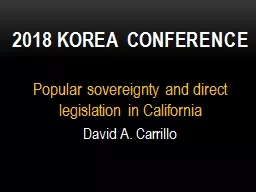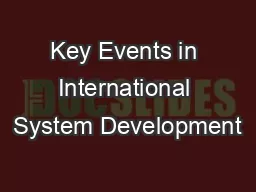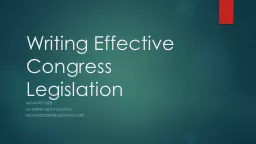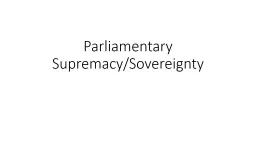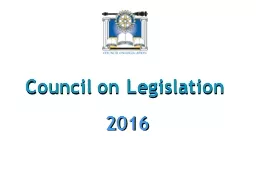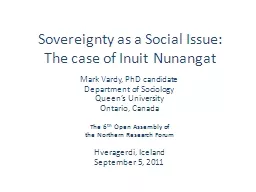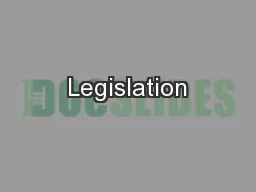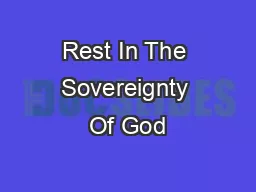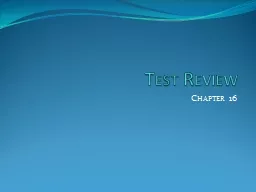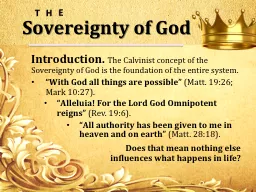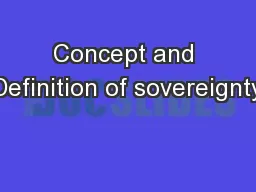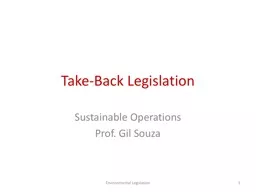PPT-Popular sovereignty and direct legislation in California
Author : cheryl-pisano | Published Date : 2018-10-14
David A Carrillo 2018 Korea conference overview Popular sovereignty in general What it means in the US and in California Distinguish between people popular sovereignty
Presentation Embed Code
Download Presentation
Download Presentation The PPT/PDF document "Popular sovereignty and direct legislati..." is the property of its rightful owner. Permission is granted to download and print the materials on this website for personal, non-commercial use only, and to display it on your personal computer provided you do not modify the materials and that you retain all copyright notices contained in the materials. By downloading content from our website, you accept the terms of this agreement.
Popular sovereignty and direct legislation in California: Transcript
Download Rules Of Document
"Popular sovereignty and direct legislation in California"The content belongs to its owner. You may download and print it for personal use, without modification, and keep all copyright notices. By downloading, you agree to these terms.
Related Documents

